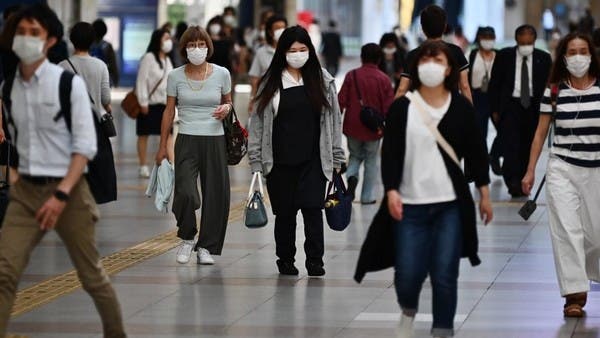
[ad_1]
In an attempt to reverse falling birth rates, Japanese Prime Minister Yoshihide Suga has vowed to include fertility treatment in insurance coverage, when that would not be enough to solve the demographic problem.
Yoshihide Suga, who became prime minister in September, addressed population decline during his election campaign, pledging to create “a better environment to preserve women’s health and enable them to play an active role in society” , with the promise of insurance coverage for fertility treatments.
The prime minister hopes that expanding access to IVF treatment will increase the fertility rate in Japan, where the average number of children per woman was 1.36 last year, which is below the level of replacement necessary to maintain a population structure of 2.1 since the 1970s. Because the government aims to increase the current rate to 1.8 children per woman.
People seeking fertility treatment in Japan currently pay hundreds of thousands of yen – the equivalent of thousands of pounds – for a single dose of treatment because infertility is not recognized as a disease in the world. Japan, making it out of insurance coverage, and including it in health insurance can reduce the cost by about 70%. According to the British “Guardian”.
Some experts believe that the economic stimulus to address fertility will not have a positive impact on the birth rate in the country, stressing that the issue is “complex” and linked to gender inequality and economic insecurity. in the country.
In an interview with The Guardian, seen by Al Arabiya.net, Osamu Ishihara, professor in the Department of Obstetrics and Gynecology at Saitama University, said: “Little progress will be made unless the complex social issues of Japanese society is also treated. “
“Covering fertility treatment with health insurance will help a bit, but that alone will not be enough to increase the birth rate,” Ishihara said.
He added: “The inclusion of male treatments is often rapid compared to vaccines for women. In the UK, treatments for all aspects of women’s reproductive health are available free from the National Health Service, but in Japan, they have to pay for everything from contraception to abortion. “
Under former Prime Minister Shinzo Abe, the birth rate hit an all-time low late last year, despite her efforts to tackle the problem through policies that strengthen the role of women in the economy and politics.
Free preschool education was also offered, as well as childcare services, from last year.
Source link